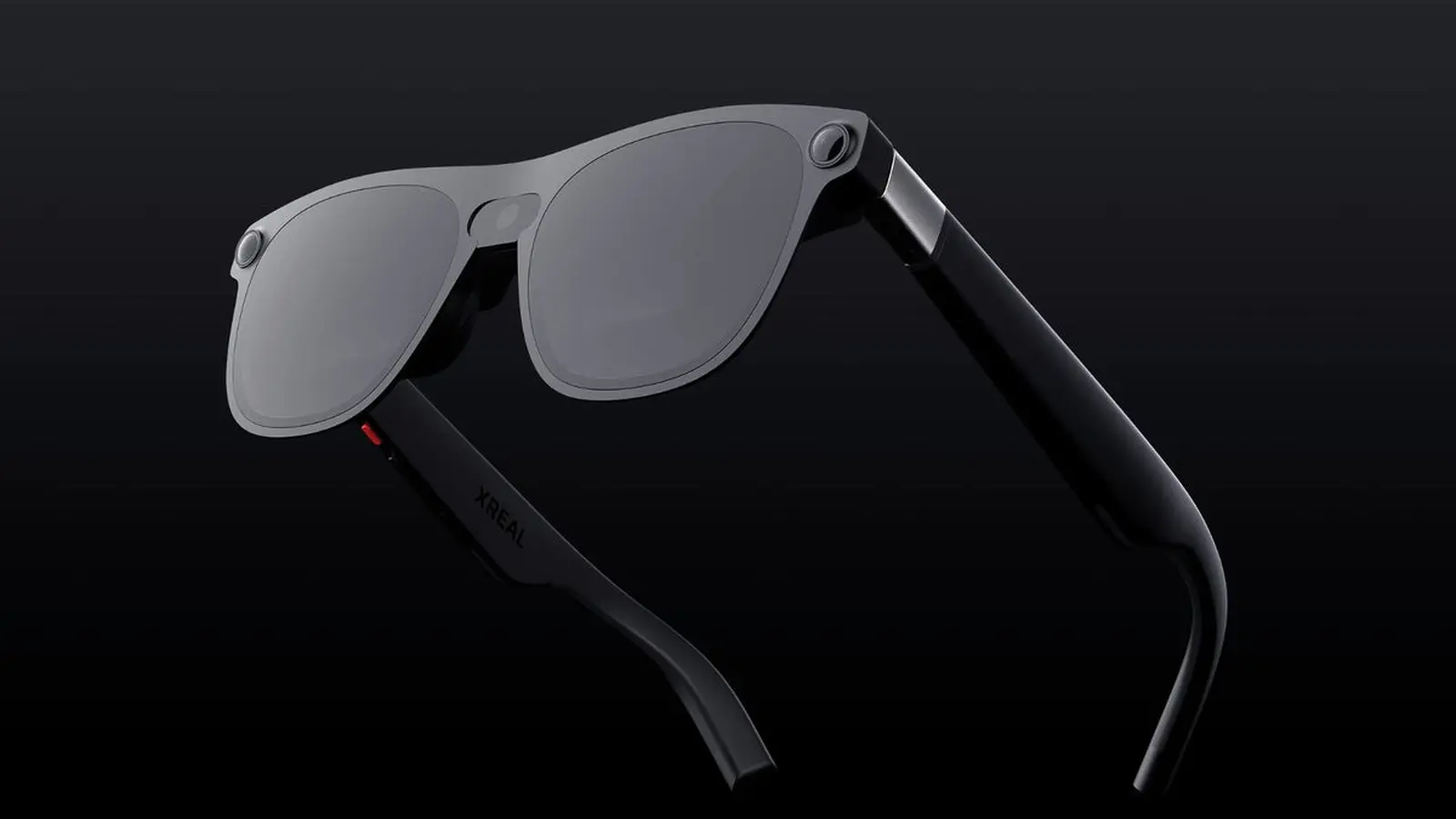3 Minutes
Apple’s pivot: AirPods as the flagship AI wearable
Apple may be preparing a surprising path beyond the current smart glasses buzz. According to reporting from Apple insider Mark Gurman, the company is treating AirPods as its primary AI-powered wearable, not display-equipped AR glasses. This strategy reflects a pragmatic focus on social acceptability, battery-efficient design, and incremental hardware upgrades rather than an immediate rush into full augmented reality headsets.
Market context: AR smart glasses vs. wearable audio devices
The augmented reality market is heating up. Meta has invested heavily and is expected to ship display-enabled glasses soon, with a more complete AR offering targeted for 2027. Other players such as Ray-Ban and Oakley have already launched camera-enabled frames in partnership with tech firms. Yet Apple appears to be betting on a different short-term route: compact, camera-equipped AirPods that deliver AI features without the visibility or price tag of full AR glasses.

The Meta Oakley smart glasses provide you with fashionable AI.
Product features: what camera AirPods could offer
Reports suggest next-generation AirPods could include built-in cameras and advanced sensors. Potential features include on-device AI for contextual assistance, voice and gesture-based controls, real-time transcription, visual search, and privacy-first processing. Compared with bulky AR headsets, camera AirPods promise convenience, lower cost, and continuous wearability—key advantages for mainstream adoption.
Comparisons and competitive advantages
Compared with display-enabled smart glasses, camera AirPods would be cheaper to produce, easier to wear socially, and less dependent on high-performance spatial computing. Against current display-free AI glasses from Meta and partners, Apple’s execution could win on integration with iOS, improved battery life, and tighter privacy controls. However, true AR with immersive spatial overlays remains a different category that camera-only wearables cannot fully replicate.
Advantages
- Lower price point and faster path to market
- Familiar form factor that users already accept
- Tighter integration with Apple's AI and ecosystem
- Potential for on-device processing to enhance privacy
Limitations and future outlook
Camera AirPods could be a strong interim solution, but as AR optics and displays become more affordable and sleeker, they may outpace audio-based wearables. When lightweight, stylish AR glasses with convincing spatial computing arrive at scale, wearables that lack displays will struggle to offer the same immersive experiences.
Use cases and market relevance
Camera AirPods would suit hands-free visual search, live translations, context-aware notifications, and accessibility features like scene descriptions for visually impaired users. For professionals in healthcare, logistics, and field service, these devices could speed workflows without the ergonomics challenges of head-mounted displays. Strategically, Apple’s move could buy time to refine AI, sensors, and optical technologies before launching a full AR headset.
In short, Apple’s choice to prioritize AirPods as its core AI wearable is a pragmatic bet on adoption, price, and privacy. It may not be permanent, but it positions the company to lead in wearable AI while the broader AR ecosystem matures.



Comments